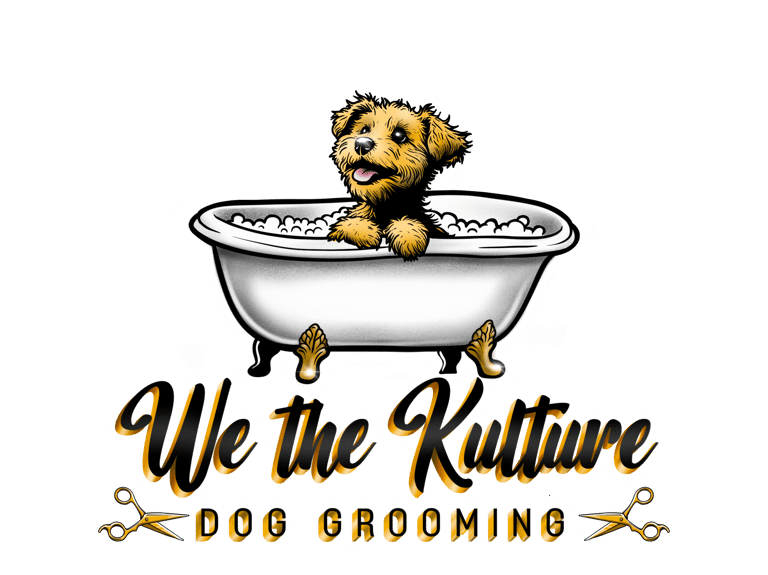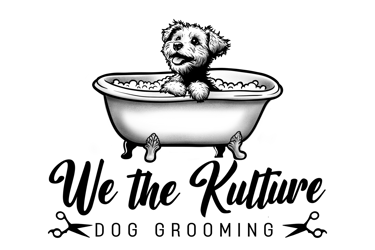Nail Trimming 101: Why It Matters More Than You Think
Learn why nail trimming is essential for your dog’s health, how often to do it, and safe techniques to make the process stress-free.
2 min read


Note: Some of the links on this site are affiliate links, which means I may earn a small commission if you click through and make a purchase. It doesn’t cost you anything extra, and I only share information I genuinely believe you’ll find helpful.
The Overlooked Grooming Task
When people think about grooming, they often picture baths, brushing, and haircuts. Nail trimming? That’s the one that tends to get pushed off until nails are clicking on the floor or snagging on the carpet. But keeping your dog’s nails at a healthy length is more than a cosmetic choice — it’s essential for their comfort, mobility, and long-term health.
How Long Is Too Long?
A good rule of thumb: if you can hear your dog’s nails tapping on hard floors, they’re too long. Overgrown nails can change the way your dog walks, putting strain on joints and ligaments. In severe cases, nails can curl into the paw pads, causing pain and infection.
Health Risks of Overgrown Nails
Long nails can cause your dog to shift their weight unnaturally, leading to posture problems and joint stress. They’re also more likely to break or split, which can be painful and prone to infection. For active dogs, long nails can reduce traction and stability, making slips and injuries more likely.
How Often to Trim
Most dogs need their nails trimmed every 3–6 weeks, but it depends on their activity level and the surfaces they walk on. Dogs that walk regularly on pavement may naturally wear their nails down and need trims less often, while indoor or less active dogs may need more frequent attention.
Tools for Nail Trimming
There are two main options:
Nail clippers (scissor-style or guillotine-style) are quick and effective when used correctly.
Nail grinders use a rotating file to gradually shorten nails and smooth edges, which can be less stressful for some dogs.
Choose the tool you feel most confident using, and make sure it’s sharp and in good condition.
Step-by-Step Safe Trimming
Get your dog comfortable with having their paws handled before you start.
Hold the paw gently but securely.
Identify the quick — the pink area inside the nail that contains blood vessels and nerves. Avoid cutting into it.
Trim a small amount at a time, especially if your dog has dark nails where the quick is harder to see.
Reward your dog after each paw to keep the experience positive.
When to Leave It to a Professional
If your dog is anxious, has had a bad experience in the past, or has black nails that make it hard to see the quick, it’s safer to let a groomer or vet handle the trim. Professionals have the tools, lighting, and experience to make the process quick and low-stress.
Nail trimming might not be the most glamorous part of grooming, but it is one of the most important. Keeping nails short helps your dog move comfortably, prevents injuries, and supports their overall health. Whether you do it yourself or leave it to a pro, make it a regular part of your dog’s care routine.


